The Light at the End of the Conference Hall: Trade Shows in 2021
In March 2020, people left their offices with no knowledge of when they’d return. Schools closed, concerts were rescheduled, and, to many marketers’ dismay, trade shows were canceled. Now, a year later, the vaccine is becoming more available each day - a seemingly hopeful future in our midst. So while everyone is antsy to return to their “normal” life, business leaders are wondering, what will the future of trade shows look like?
According to the Center for Exhibition Research, “9,400 B2B trade shows and exhibitions were held in the U.S. in 2019, contributing $101 billion to the nation’s GDP.” While many B2B companies rely on trade shows for business outreach and business strategy, the world is not quite ready to return to full capacity, crowded showroom floors in big cities like Las Vegas. Revelations and budget restrictions in 2020 brought to light ineffective spend on certain shows and resources, leading businesses to be more diligent about which conferences they will attend in the future. Meaning, although shows may be less populated, the ones attended will have more intentional guests.
Conference attendees attend trade shows for several reasons:
Networking
Buyers shopping for and learning about new products
Exhibiting and marketing products in a booth space or display
Attending educational workshops and sessions
Although virtual events have replicated trade shows for the time being, even giving conference attendees the autonomy to ask questions during virtual meetings and gamifying the experience in order to engage customers and track visitors at exhibitor booths, there is still nothing like an in-person event. A virtual event does not provide the same space for a vendor to find as personal of an opportunity with potential customers.
Setup’s Director of Strategic Partnerships, Zevi Solomon, recently attended two in-person trade shows, the SE Flooring Market and Hinman Dental Conference (both pictured to the right), for the first time in over a year. He noted some alterations regarding in-person operations during the event as well as the differences between virtual and non-virtual experiences. “Even though virtual trade show experiences have come a long way from this time last year, there is still a gap that cannot make up for the human experience, which plays a huge role in forging new partnerships and business. Virtual trade shows have been a big winner for those who are insular to their industry as opposed to those who are not.”
Some of the observations Solomon noted:
The show floor was much smaller,
Vendors provided a scaled version of their booth presence,
Sales people attendance was heavier than marketing people,
Hybrid efforts were attempted to include a virtual option for companies who were not ready to attend in person, and
Touch-less registration options were available, along with cautionary steps for keeping safe distances and hand sanitizing options.
Solomon also shared strategies to be as effective as possible at shows moving forward. “From a business development perspective, you may have to adapt your technique from having an opportunity to speak with high level executives who are your target to asking for an introduction and/or a point of contact from one of the account or sales executives.
This serves two positives:
You now have a direct referral from within a company, and
You can cut down the research that is required in many cases to figure out who the decision maker is.
Over time, I feel that as industries experiment with both virtual and hybrid-like in person/virtual shows, the demand for people having to do business in person will prevail as chemistry and relationships are the focal points for success of any organization. With that said, I feel that the virtual experience will play a larger role than it ever has, but not at the expense of getting back to doing what comes naturally to us - shaking hands and having in person conversations.”
The future of trade shows looks hopeful - take a look at some conferences planned for 2021 here. Although the past year made all business leaders take a step back and truly evaluate what activities lead to ROI, nothing can fully replace human interaction and in-person networking.
Like everything else this past year, 2020 has forced floor exhibitions to innovate by asking themselves: what value are they bringing to their customers? Or how can their booth attract the right attendees? The answer may be providing better, engaged service on the trade show floor, or even gamifying the in-person booth to be as interactive as a virtual experience. We’ll have to see how the year unfolds, but we cannot wait to safely attend more in-person trade shows this year to find out!


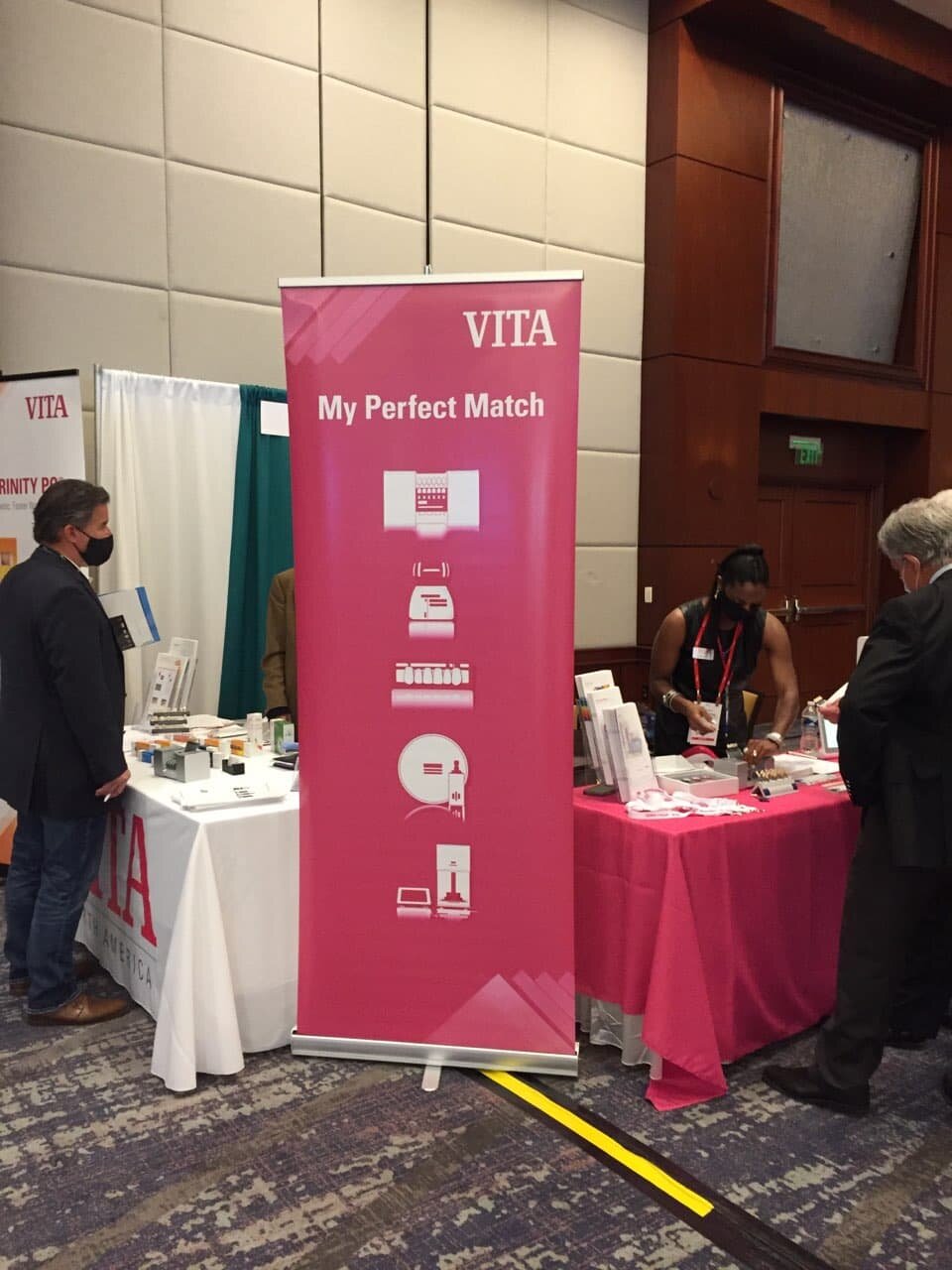
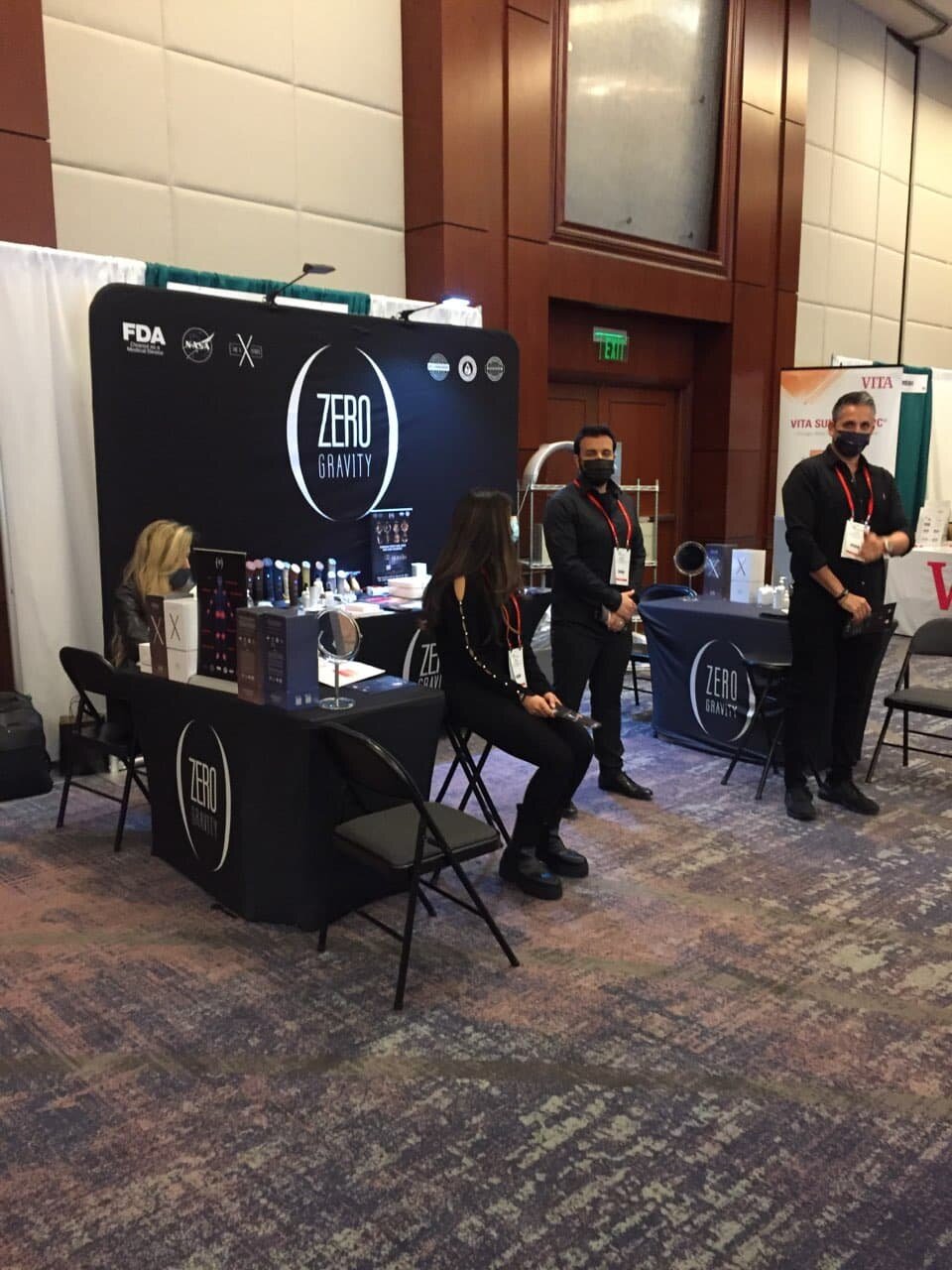
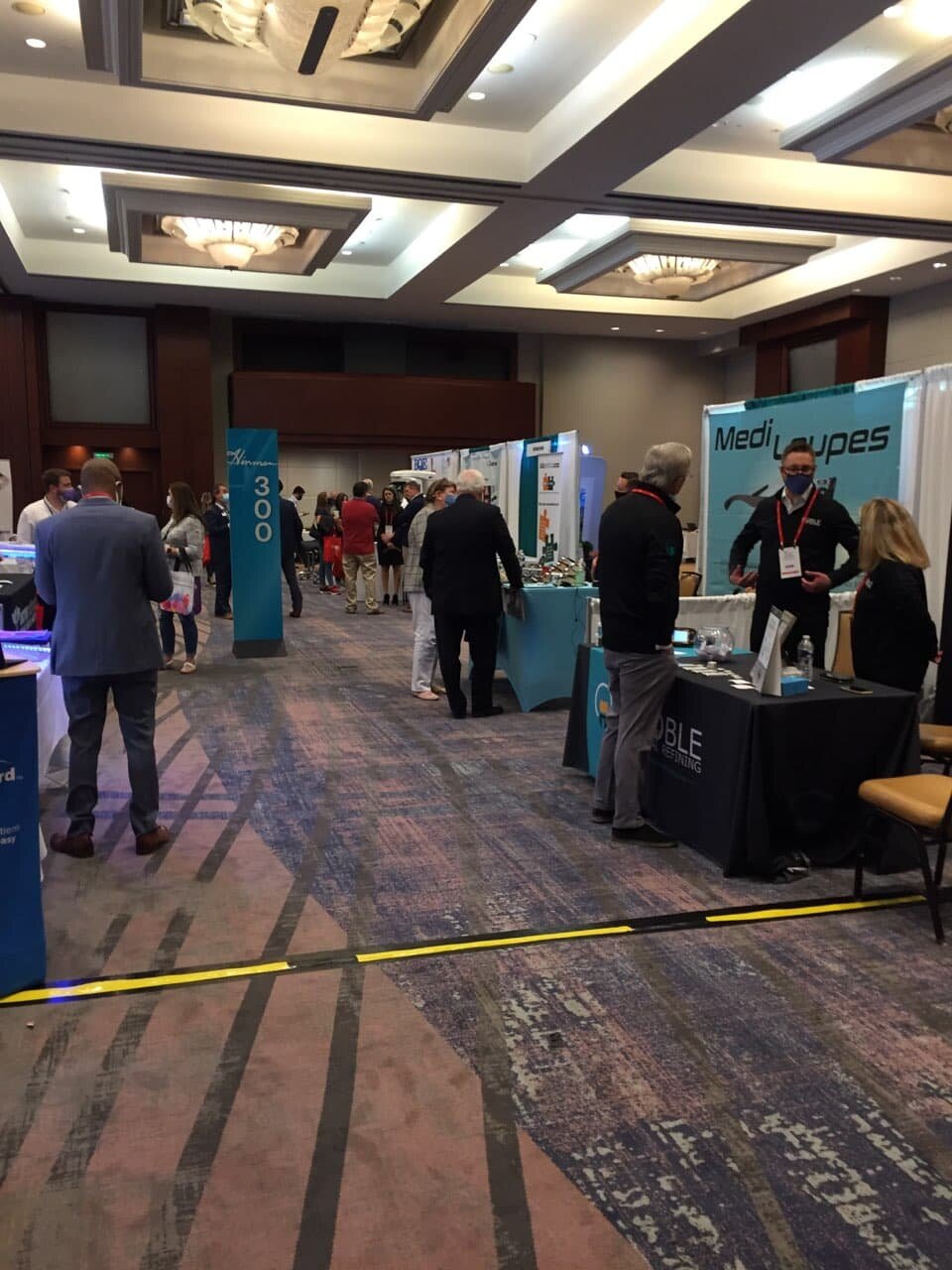
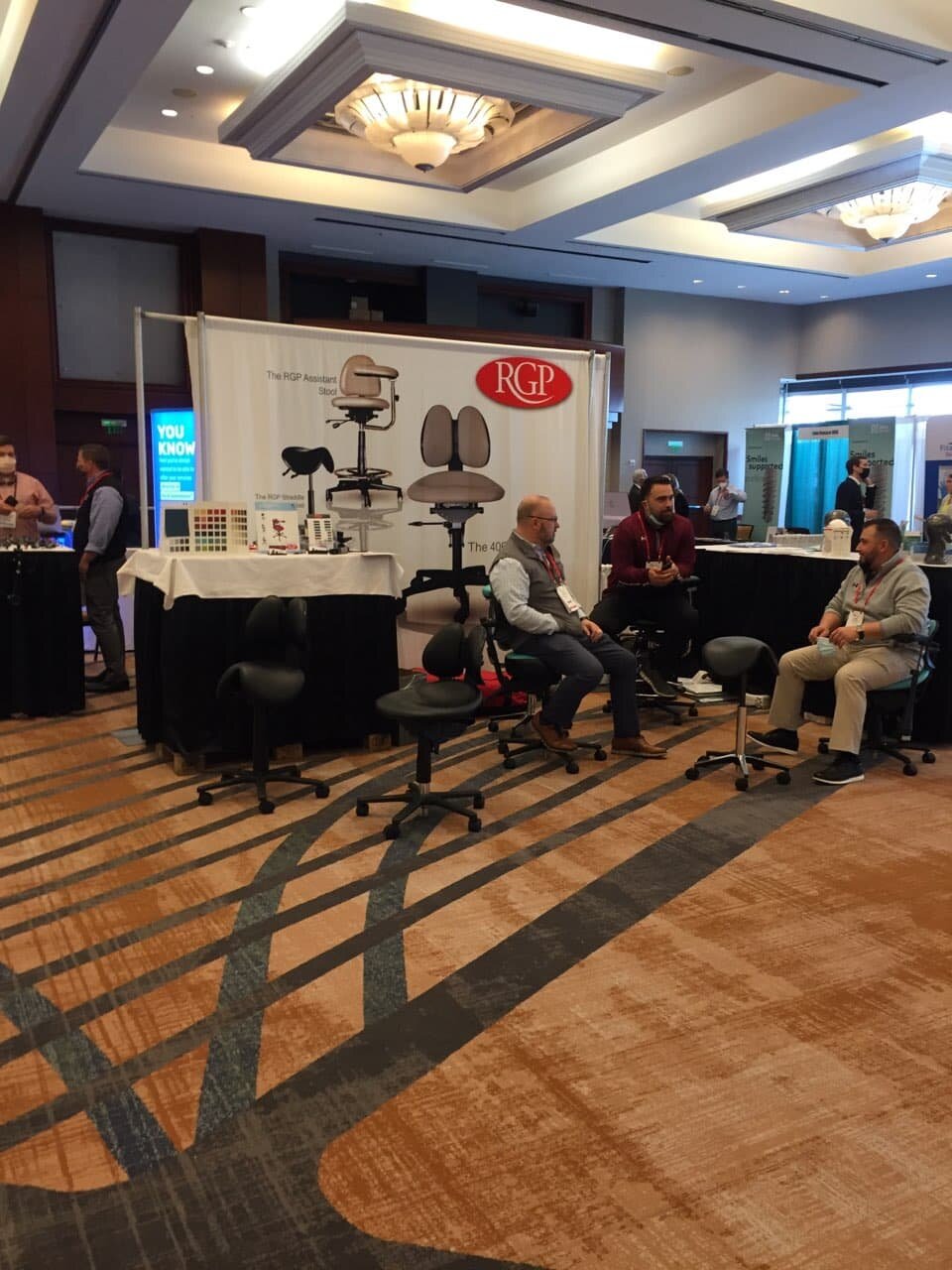
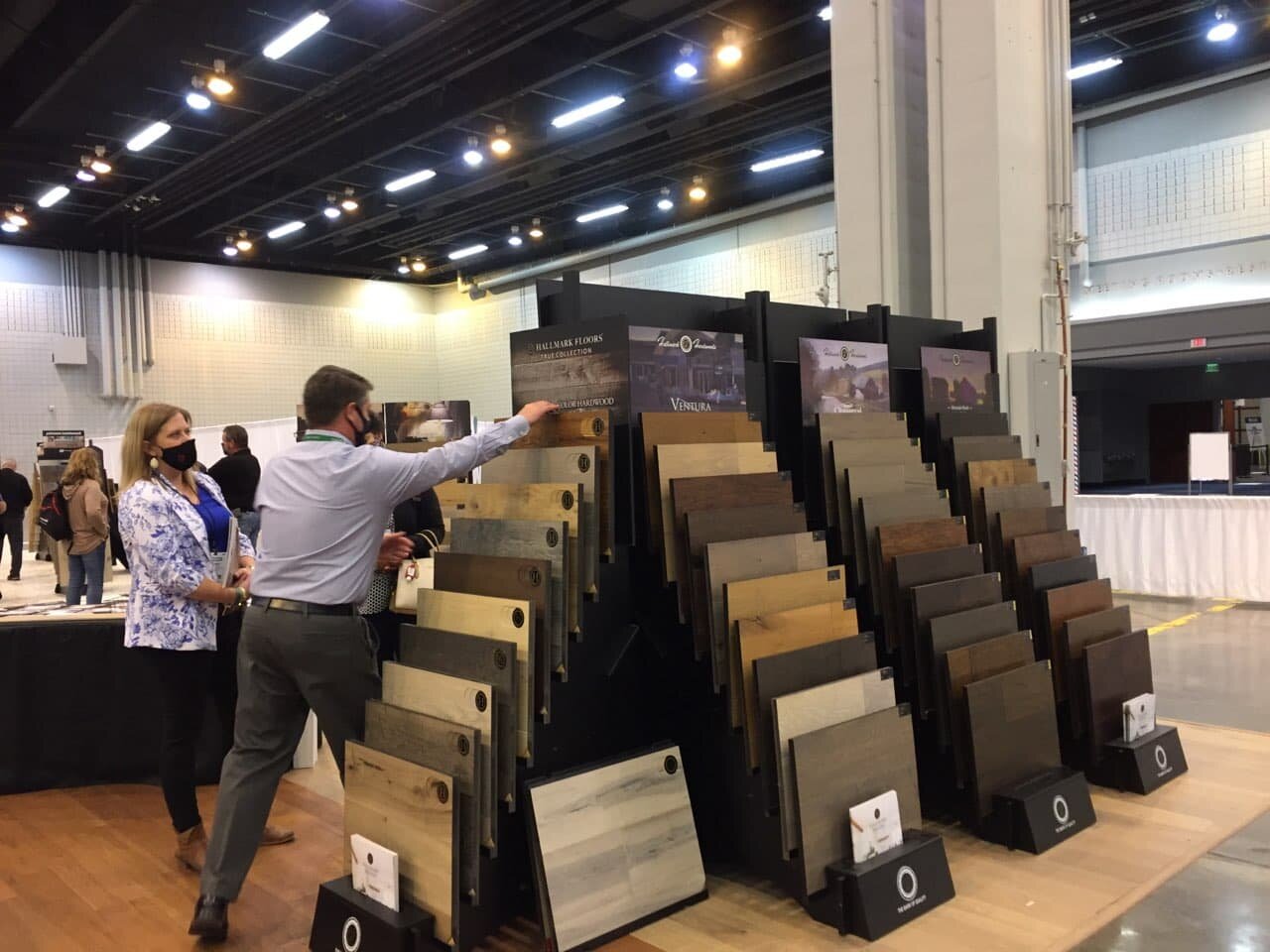









Over the past year, we’ve watched the following patterns emerge across seemingly unrelated sectors: rising consumer expectations, demand for authenticity, growing complexity, and the tension between automation and human connection.
We interviewed multiple marketers from an array of industries in our blogs below, and we discovered consistent trends across the board. Check out all of our industry blogs throughout 2025 from leaders at Blackbaud, Hiscox USA, Mimedx, MONPURE, Kimberly-Clark Professional, and more.